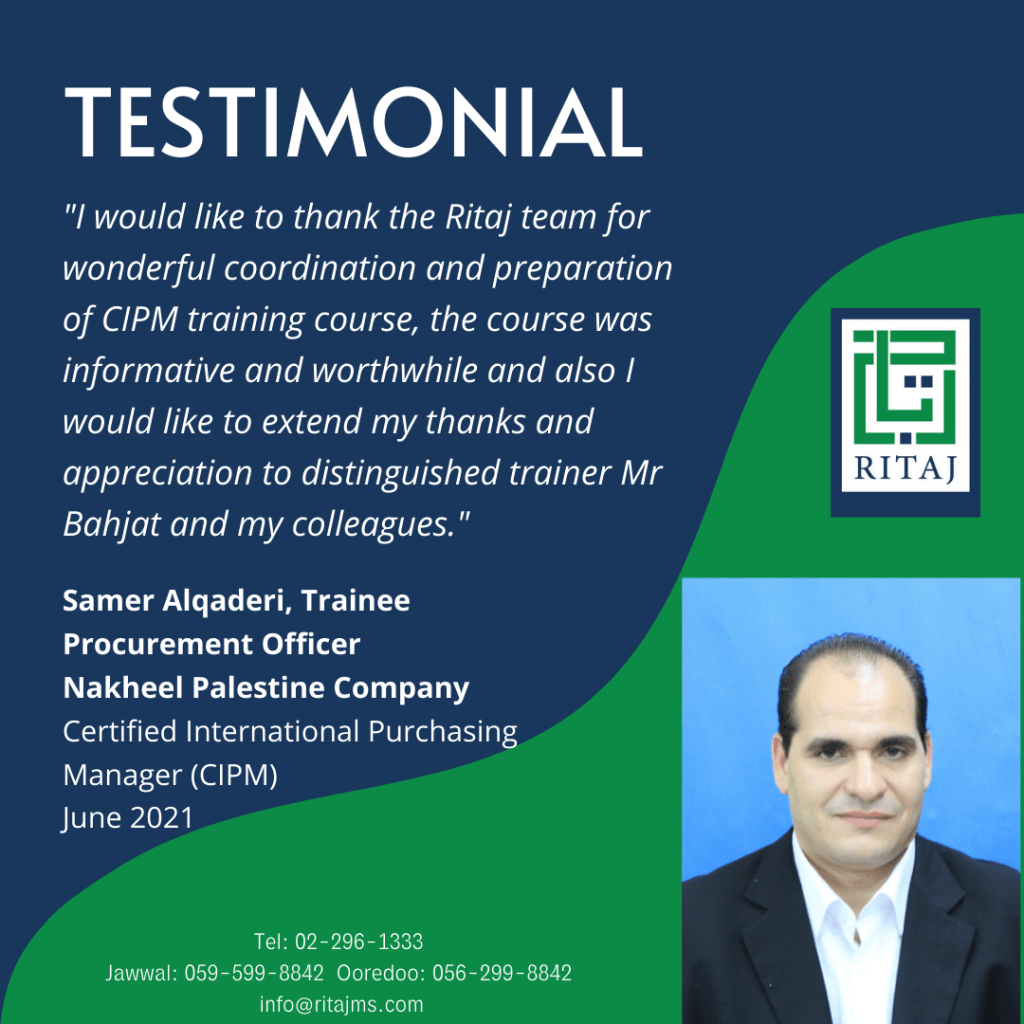Risk Management Professional - RMP
Projects by their nature always carry uncertainty (risk). Effective risk management is a key contributor to project success. This training highlights your ability in the specialized area of assessing and identifying project risks while mitigating threats and capitalizing on opportunities. In this capacity, you enhance and protect the needs of your organization.
- Understand the risk concepts and risk management process
- Learn tools and techniques to manage the risk effectively
- Inspire to implement the management of risk into practice
- Provide an understanding of the theory and practice of risk management in projects
- Develop an approach risk management for any project
- Conduct a formal risk assessment and develop your own risk management plan
- Improve the identification of risk on your types of projects
- Access the risk: define the scale and understand the exposure
- Prepare the realistic responses
- Use the tools to manage the risk effectively
- Develop strategies for responding to identified risks
- Control and monitor risks throughout the project
Anyone involved in the management of projects.
- CLICK HERE for date of next course
- Type: Classroom
- Duration: 30 hours
- Language(s): English and Arabic
RMP aims to:
- Understand the risk concepts and risk management process
- Learn tools and techniques to manage the risk effectively
- Inspire to implement the management of risk into practice
- Provide an understanding of the theory and practice of risk management in projects
- Develop an approach risk management for any project
- Conduct a formal risk assessment and develop your own risk management plan
- Improve the identification of risk on your types of projects
- Access the risk: define the scale and understand the exposure
- Prepare the realistic responses
- Use the tools to manage the risk effectively
- Develop strategies for responding to identified risks
- Control and monitor risks throughout the project
Topics:
- Definition of Project Risk Management
- Uncertainty
- Roles and Objectives
- Critical Success Factors
- Definition of Project Risk
- Individual Risks and Overall Project Risk
- Types of Risk
- Risk Factors
- Stakeholders Risk Attitudes
- Risk Appetite, Tolerance, and Threshold
- Plan Risk Management
- Identify Risks
- Perform Qualitative Risk Analysis
- Perform Quantitative Risk Analysis
- Plan Risk Responses
- Monitor & Control Risks
The process of defining how to conduct risk management activities for a project:
- Critical Success Factors
- Creating a Risk Management Plan
- Risk Categories
- Risk Breakdown Structure (RBS)
- Definitions of Risk Probability and Impact
The process of determining which risks may affect the project and documenting their characteristics:
- Risks Identification
- Critical Success Factors
- Methods of Documenting Risks
- Information Gathering Techniques
- Checklist Analysis
- Diagraming Techniques
- Developing a Risk Register
The process of periodizing risks for future analysis or action by assessing and combining their probability of occurrence and impact:
- Critical Success Factors
- Probability & Impact Scales
- Determining Risk Ranking within the Project and Between Projects
- Project Risk Score
- Probability & Impact Matrix
- Risk Data Quality Assessment
- Risk Urgency Assessment
- Analytics Hierarchy Process (AHP)
The process of numerically analyzing the effect of identified risks on overall project objectives:
- The Purpose of Quantitative Risk Analysis
- Critical Success Factors
- Data Gathering and Representative Techniques
- Probability Distribution
- Three Point Estimating
- Quantitative Risk Analysis and Modeling Techniques
- Sensitivity Analysis
- Tornado Diagram
- Expected Monetary Value (EMV)
- Decision Tree
- Modeling and Simulation
- Monte Carlo Simulation
The process of developing actions to enhance opportunities and to reduce threats to project objectives:
- Critical Success Factors
- Risk Response Strategies for Threats and Opportunities
- Residual Risks
- Secondary Risks
- Contingent Response Strategies
- Contingency Planning and Fallback Planning
- Reserves
- Creating a Budget
- Multi-Criteria Selection Technique
- Scenario Analysis
The process of implementing risk response plans, tracking identified risks, monitoring residual risks, identifying new risks, and evaluating risk process effectiveness throughout the project:
- The purpose of Monitor & Control Risks
- Risk Reassessment
- Risk Audits and Risk Reviews
- Variance and Trend Analysis
- Reserve Analysis
- Workarounds
- Exam Content Outline
- Practice Exam
Have a good basic understanding of and experience in the project environment.

















